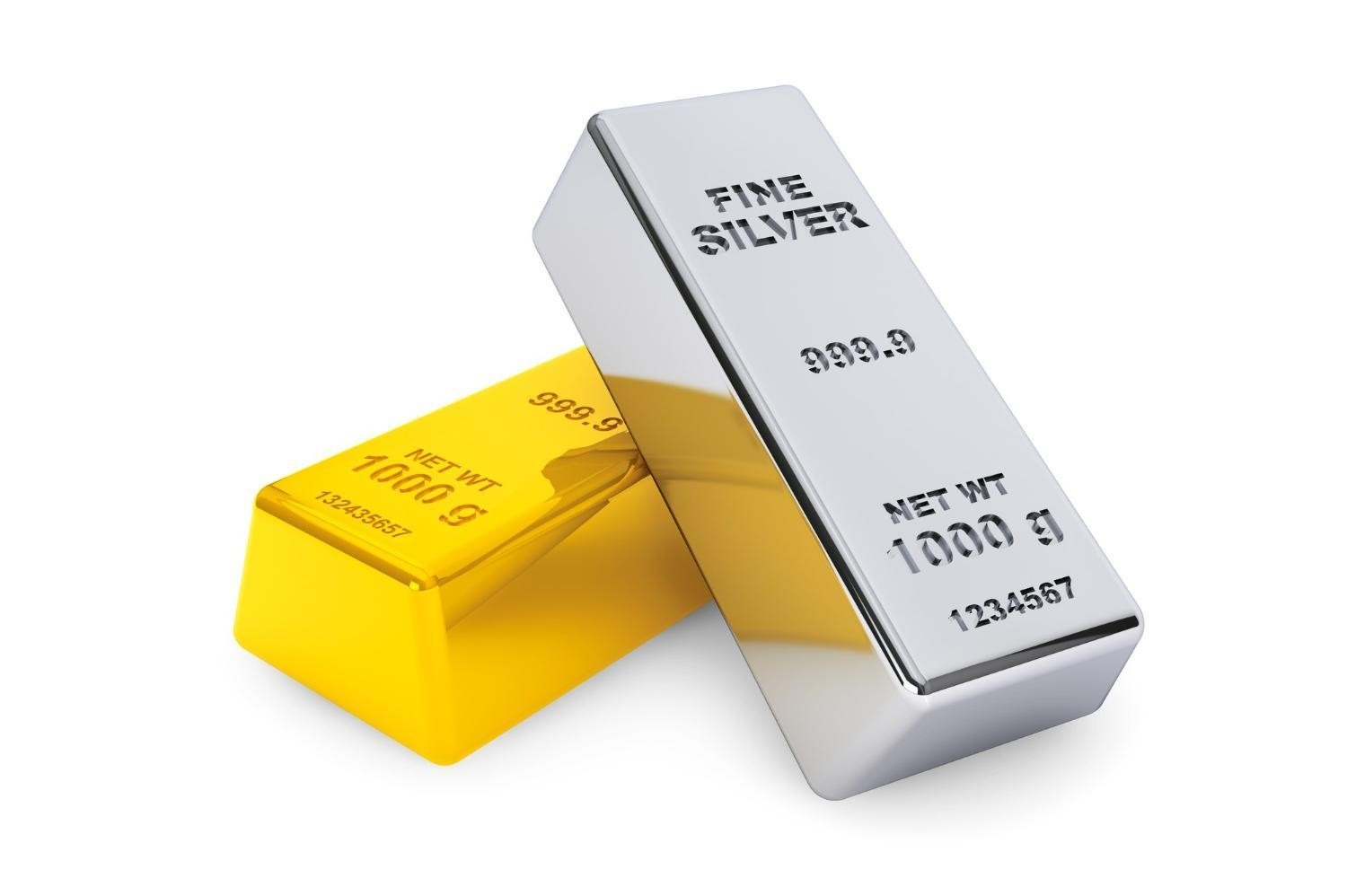
Silver and gold are often mentioned together, and though they have many similarities, they also have several differences.
One of the most important similarities is that they both make great investments. Gold and silver bullion are excellent investment vehicles, and there are many reasons to include them in a portfolio. But if you’re new to investing in precious metals, it can be difficult to know which one is the best option to start with.
There’s no easy answer to that question. Gold and silver each have their own advantages, and as each investor will have different goals in mind, the best option between the two is largely a personal choice.
To make that choice, you need to know what the differences are between gold and silver bullion. Here, we outline the differences and advantages of each.
Silver
Silver is a common choice for investors who are new to bullion, as the price of silver bullion for sale tends to be more affordable. The lower prices make it much more accessible for those just embarking on building their portfolio.
Overall, silver has higher volatility, as much as two or three times higher than with gold. In bear markets, the price of silver has historically fallen more than gold, but it also has risen more than the price of gold in bull markets. However, the volatility may be off-putting to some investors.
Silver has a higher industrial use than gold. It’s used in everything from electronics, batteries, solar-panel cells and many more products. This means the state of the global economy has a much greater impact on silver demand. Industrial demand for silver tends to grow when economies are booming.
Gold
Silver and gold are both good portfolio diversifiers, but gold is considered more powerful between the two in this role. Due to its limited industrial uses, it is less affected by economic downturns. It also has a proven record of being consistently uncorrelated to stock markets in addition to having very low correlations with other major asset classes.
How Gold and Silver are Similar
While there are differences between the two, both of these precious metals have many positive attributes in common. They are both considered safe stores of value when banks and financial institutions are unstable. They are both assets that maintain their value during times of high inflation. And they both have a low correlation to other assets like bonds and stocks, meaning they can both help to reduce risk and volatility in a portfolio.
Other similarities, whether you opt to begin with silver or gold bullion, include the ease of purchasing and the need for security and discretion. When purchasing bullion, all you need is to find a reputable dealer to get started.
And while there are many benefits to owning physical bars or coins, it does mean that storage needs to be considered. The best option is to purchase a secure personal safe to safely store your bullion.
Ultimately, there’s no hard rule for which one provides the best primer for investing in bullion. The choice is a personal one, depending on your circumstances and goals.


































